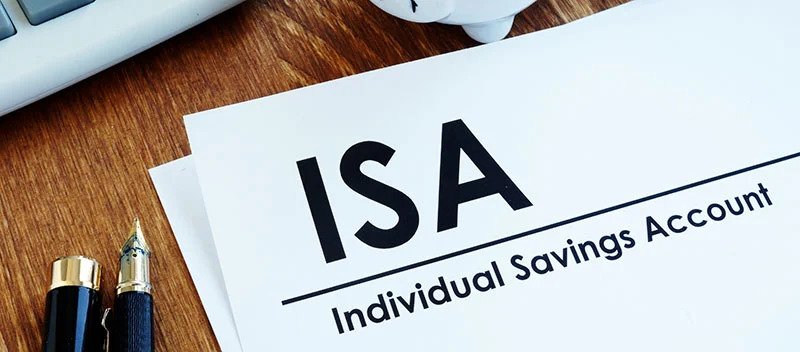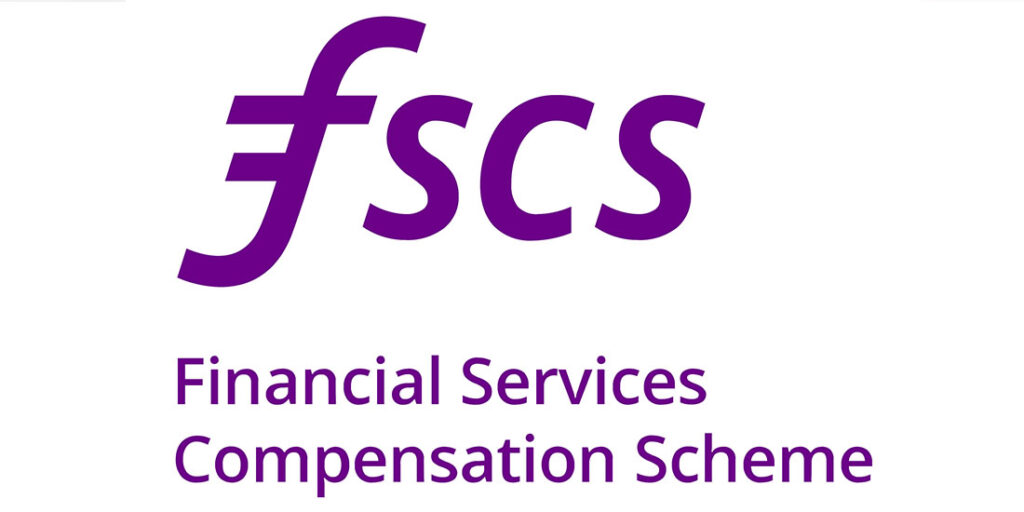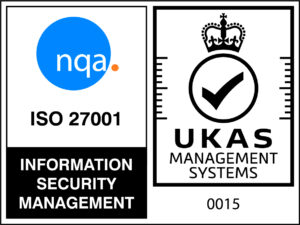
An Illustrated Guide to the UK’s ISA Allowance History
Individual Savings Accounts (ISAs) have a rich history in the UK. Over 20 years have passed since they were first introduced as a replacement for the Personal Equity Plan (PEP). While the sceptics were out in full force initially, ISAs have managed to stay relevant throughout a relatively complex political and economic climate.
Learning more about their history, while touching on how the ISA allowance has changed over these two decades, can help us to better understand their continued relevance. It also paints a clear picture of how ISAs have grown over time, reiterating their ability to continue to be a good choice for people looking to earn additional returns, tax-free.
ISAs Explained: From 1999 to 2020
In 1999 – the year in which the Euro became the new monetary unit of the European Union and the global population passed the six billion mark – British Labour politician Gordon Brown took up the position of Chancellor of the Exchequer and launched the Individual Savings Accounts to replace the previous Personal Equity Plans and Tax-Exempt Special Savings Accounts. From there onwards, the arrangement – which exempts UK residents from income tax and capital gains tax on their investment returns – has developed significantly.

Source 1: gov.co.uk (table taken from https://www.tpllp.com/isas-20th-birthday-part-1-the-history-of-the-isa/)
Source 2: https://www.isaco.co.uk/isa-history
Introduction to the market
People were not particularly quick to warm to the ISA at first. Six months after the launch of the investment arrangement, businessman Lord Saatchi even admitted to the House of Lords that the ISA had failed as a product as it was ‘too complicated’. However, over time, the product would gain popularity as it became better tailored to the needs of British savers and investors.
Early adoption and initial changes
The first formal change to the ISA allowance was announced by the Chancellor in 2007. In the 2008 – 2009 tax year, investors would be allowed to start putting an extra £600 a year into Cash ISAs, raising the allowance from £3,000 to £3,600. On top of that, the overall ISA allowance was raised from £7,000 to £7,200 from the second quarter of 2008. Although relatively minor, these initial changes to the ISA allowance marked the start of a series of increases over the course of the next 10 years.
The new allowances coincided with the highest number of subscriptions in the history of ISAs up until that point. In the 2008 – 2009 tax year, over 15 million people opened an ISA.
New types of ISAs introduced
Over the years, new types of ISAs were introduced to help meet the needs of different lifestyles and consumer saving goals, such as buying a house or retiring well. When ISAs were first launched in 1999, potential investors could only choose between Cash or Stocks & Shares ISAs. Since then, four additional types have been launched: the Junior (2011), Help to Buy (2015), Lifetime (2017) and Innovative Finance ISA (2016).
In 2015, the Additional Permitted Subscription (APS) was introduced, meaning an ISA can be inherited by a surviving spouse or civil partner in the form of an increased ISA allowance. This was a big, positive change in the history of ISAs.
In 2019 it was estimated that more than £870 billion had been invested in ISAs since their introduction 20 years prior, with more than £30 billion in income tax being saved in the process.
UK ISA Allowance History
As the number of ISA products expanded, so did the maximum amount consumers could invest across these accounts each tax year. You can see these increases visualised in the following graph.

ISA limits between 1999 & 2009
For the first nine years, the ISA allowance across all products remained remarkably stagnant at £7,000. The first minor change came in the 2008 – 2009 tax year, and from 6th October 2009, the ISA allowance was raised more considerably. Initially, the overall allowance was raised to £10,200 for those aged 50 and over, of which £5,100 could now be held in Cash ISAs by this same demographic. These changes rolled out to the rest of the population in the 2010 – 2011 tax year.
ISA limits from 2010 to 2020
From 2010 onwards, ISAs became a prominent feature in the Chancellor’s annual budget speech. Steady increases saw the ISA limit rise to £11,520 in the 2013 – 2014 tax year. Major changes came on 1st July 2014, when the cash and overall subscription limits were raised to £15,000 alongside the introduction of new rules for flexibility and better transfer options between ISAs. In the Spring Budget of March 2017 it was announced that the limit would increase from £15,000 to £20,000 within a given tax year, and it has stayed consistent at this rate ever since.
Starting Your ISA Journey
Today, the process of opening an ISA is more accessible than ever. Modern technology has made it significantly easier to make ISAs a part of your investment portfolio than it was in 1999.
IF-ISAs, for example, link lenders and borrowers to each other via online Peer to Peer networks. Different IF-ISA providers allow you to invest your money in different products, such as property or small businesses. IF-ISA rates vary per provider, but you could typically earn anywhere between 3.8% – 15% pa** over the term.
A combination of new ISA products and steady increases in allowance limits has allowed British investors to make their hard-earned cash work for them, free of income and capital gains tax.
Download our Beginner’s Guide to IF-ISAs and see if this investment type is right for your investment goals.

**Rates checked online, correct as of 11 March 2020
Kuflink provides blogs for your general information only. Blogs do not constitute advice and should not be relied upon by you for making investment decisions. Products and services referred to will not be suitable for all investors and appropriate independent financial advice should always be sought where necessary.
If you invest in any of the products mentioned in this blog, you do so at your own risk. Capital is at risk, losses from an ISA are not covered by the Financial Services Compensation Scheme and past performance is not a guide to future performance. Tax treatment is dependent on individual circumstance and is subject to change.













